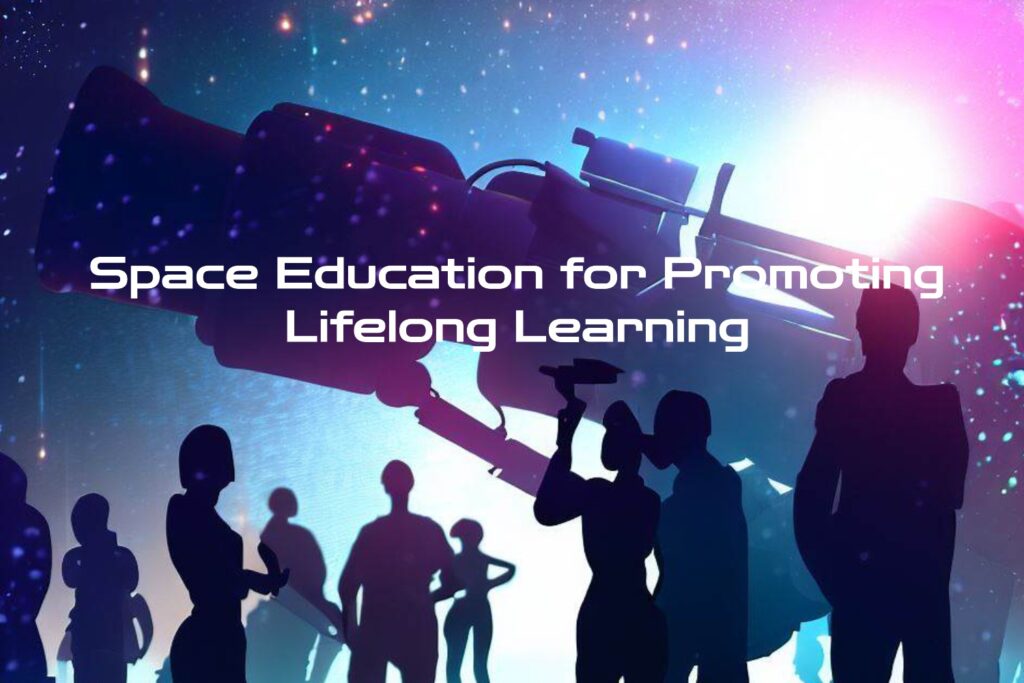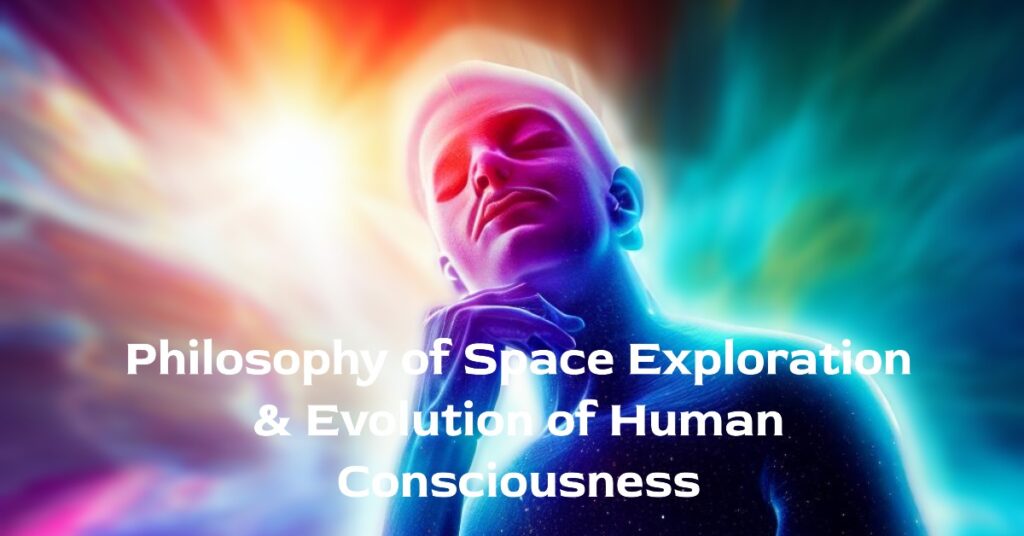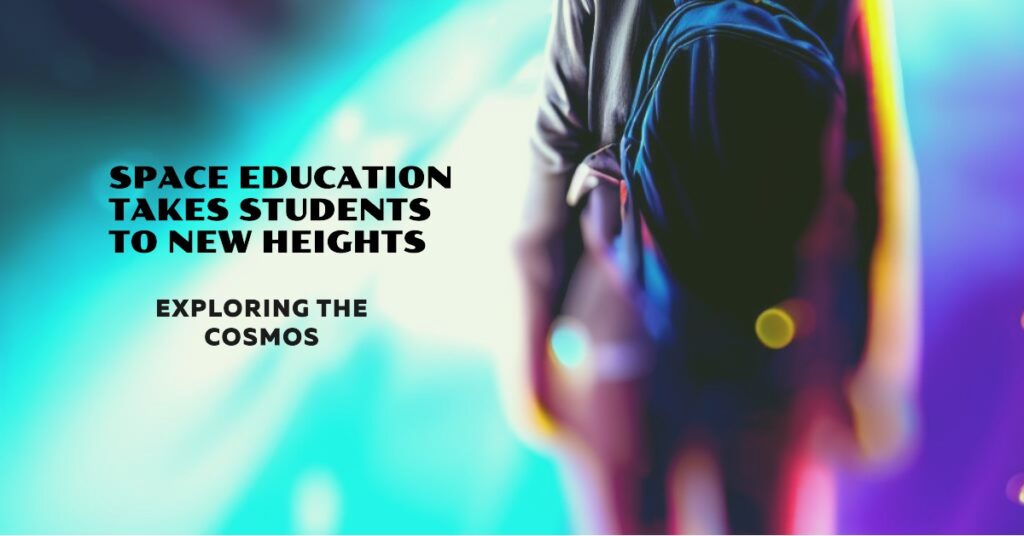The Importance of Lifelong Learning
Lifelong learning is the process of acquiring knowledge and skills throughout one’s entire life. It is crucial in today’s rapidly changing world, where new technologies and information are constantly emerging.
Without continuous learning, individuals risk falling behind and becoming obsolete in their careers, relationships, and personal growth. Moreover, lifelong learning has numerous benefits beyond just staying up-to-date with the latest trends.
It promotes personal fulfilment by allowing individuals to pursue their passions and interests. It also has a positive impact on one’s health by keeping the brain active and reducing the risk of cognitive decline.
The Role of Space Education in Promoting Lifelong Learning

Space education refers to the teaching and learning activities related to space exploration, technology, and science. With its awe-inspiring nature and endless possibilities for discovery and innovation, space education is an ideal platform for promoting lifelong learning.
Through space education initiatives, individuals can develop critical thinking skills through problem-solving and decision-making in space-related scenarios. They can also expand their curiosity about science by exploring topics such as astrophysics or astronomy.
Furthermore, exposure to diverse perspectives through international collaborations in space exploration can broaden one’s understanding of different cultures while inspiring them to pursue careers or hobbies related to scientific discovery. Overall, space education provides a unique opportunity for individuals at all stages of life to engage in lifelong learning pursuits that could enrich their lives personally as well as professionally.
Benefits of space education for promoting lifelong learning
Exploration and discovery as a means to stimulate curiosity and interest in science and technology
Space exploration has always been a topic of great fascination for people all around the world. The idea of exploring distant planets, discovering new galaxies, or even finding life beyond our own planet is an enticing prospect that has enamored people for generations. Through space education, individuals can learn more about the history and future of space exploration, as well as its impact on science and technology.
But beyond just learning about space, space education can also inspire curiosity and interest in science and technology more broadly. By exploring different aspects of space research, from the engineering behind rocket design to the physics involved in celestial mechanics, individuals can develop a deeper appreciation for the natural world around them.
Development of critical thinking skills through problem-solving and decision-making in space-related scenarios
One key benefit of space education is that it provides opportunities for individuals to develop critical thinking skills by engaging with complex scenarios related to space exploration. Space missions require precision planning and execution, which often involves solving intricate problems on-the-go.
By working through these challenges themselves, individuals can develop important problem-solving strategies that can be applied elsewhere in their lives. In addition to problem-solving skills, individuals engaged in space education also have opportunities to practice decision-making under conditions of uncertainty.
Space exploration often involves dealing with incomplete or conflicting information when making decisions with significant consequences. By engaging with these types of situations themselves through simulations or other activities relevant to their level of expertise, they will naturally be better prepared for everyday-life situations where decisions may not be so easy.
Exposure to diverse perspectives and cultures through international collaborations in space exploration
One additional benefit of participating in any aspect of Space Education is exposure to international collaboration efforts related to this field. Space exploration has always been an international endeavor, and organizations like NASA have been engaging in collaborations with countries around the world since the early days of space travel.
These collaborations provide opportunities for individuals to engage with people from diverse cultures and backgrounds who share a common interest in space exploration. Through these collaborations, individuals can gain a more nuanced understanding of different perspectives on space exploration.
They can also develop important communication skills to navigate through these interactions with other parties outside their domestic environment. Ultimately, exposure to diverse perspectives and cultures can help individuals become better equipped to tackle complex problems that require collaboration across borders, sectors, and disciplines.
Space education initiatives for promoting lifelong learning
NASA’s educational programs for students, educators, and the general public
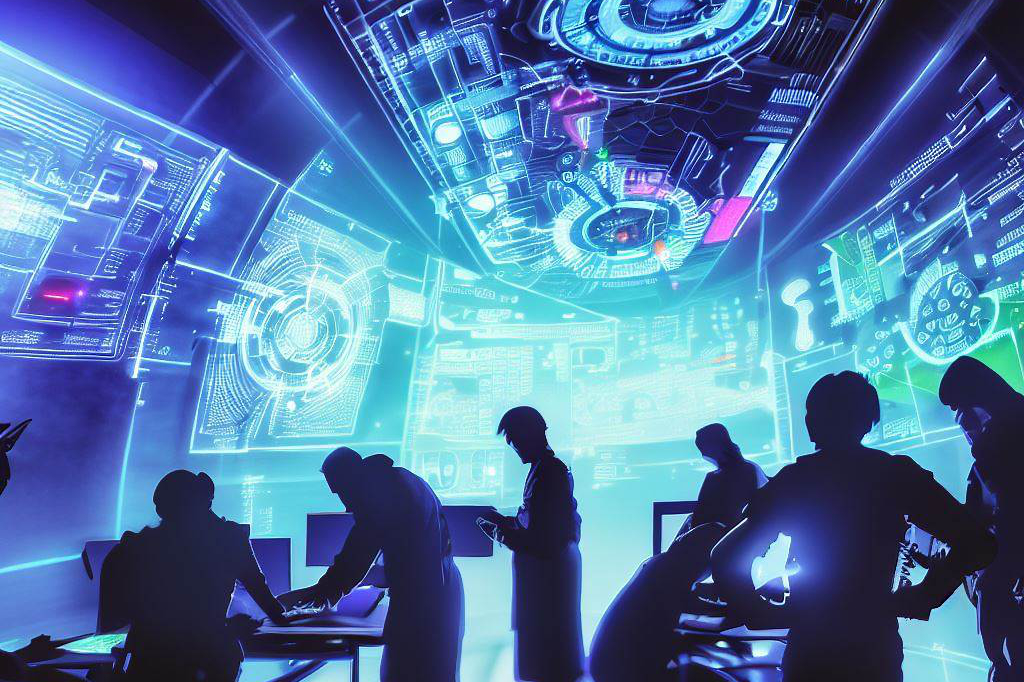
NASA has a long-standing commitment to promoting space education as a means to inspire and engage the next generation of scientists and engineers. From hands-on activities for elementary school children to research opportunities for graduate students, NASA offers a wide range of educational resources and programs for students of all ages.
One such program is the Space Grant Consortium, which supports research, education, and public outreach related to space science and technology. This program provides funding for undergraduate and graduate student research projects, as well as internships at NASA centers around the country.
NASA also offers numerous online resources for educators, including lesson plans, videos, interactive games, and virtual field trips. These resources are designed to meet national standards in science education while engaging students in real-world applications of scientific concepts.
Private sector initiatives such as SpaceX’s Inspiration4 mission aimed at inspiring a new generation of space enthusiasts
In addition to government-led efforts such as those by NASA, private companies are also getting involved in promoting space education. One such example is SpaceX’s Inspiration 4 mission, that sent four civilians into orbit around Earth.
The mission not only promoted space tourism but also served as an opportunity to inspire interest in STEM fields among young people. The Inspiration4 crew included individuals from diverse backgrounds who were selected through a process that emphasized community service and innovation.
Along with the actual mission itself, SpaceX is offering interactive educational experiences through its Space Camp program, which allows participants to train like astronauts. Students can learn about rocket building, spacesuit design, and function, among other things.
International efforts such as the United Nations Office for Outer Space Affairs (UNOOSA) Space4Women program aimed at empowering women through space education
international organizations are also taking part in promoting space education. The United Nations Office for Outer Space Affairs (UNOOSA) has created a variety of programs aimed at increasing access to space education around the world.
One such program is the Space4Women initiative, which provides opportunities for women and girls to engage with space science and technology. This program includes mentorship opportunities, networking events, and a scholarship fund to support women pursuing careers in STEM fields.
Overall, these initiatives show that space education is not limited to just government entities; it’s an all-encompassing effort from the private sector and international organizations as well. These efforts provide ample resources and experiences for students of all ages to learn about space science and promote lifelong learning.
Challenges and Opportunities for Promoting Lifelong Learning through Space Education
The Need for Increased Accessibility to Space Education Resources and Opportunities
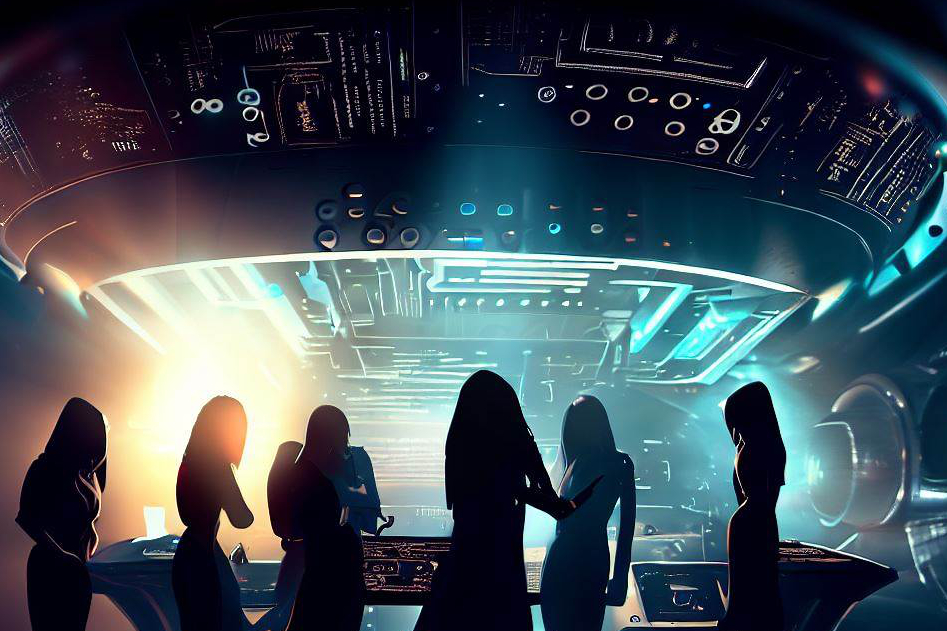
While space education has the potential to inspire lifelong learning, it is important to recognize that not all individuals have equal access to space education resources and opportunities. In order to promote lifelong learning through space education, it is crucial that there be increased accessibility to these resources. This can come in the form of making educational materials more widely available, providing funding for space-related programs in schools and community centers, or even offering scholarships for students with a passion for space but limited financial means.
Additionally, it is important that efforts are made to ensure that underrepresented groups, such as women and minorities, have equal access to space education opportunities. There are numerous organizations and initiatives already working towards this goal; however, continued effort is necessary in order to break down barriers and promote equal access for all.
The Potential Impact of Emerging Technologies on Enhancing the Effectiveness of Space Education
Emerging technologies such as virtual reality have the potential to greatly enhance the effectiveness of space education. As opposed to traditional forms of teaching, which rely heavily on text-based materials or lectures, virtual reality allows individuals to experience space-related scenarios in an immersive way. This can help stimulate interest in science and technology among young learners who may not be as engaged by traditional teaching methods.
In addition, emerging technologies can also make space education more accessible by giving individuals who may not have had the opportunity or means to physically travel into space a chance to experience it virtually. Virtual reality can also be used as a tool for collaboration between international partners working on shared missions or projects.
The Role of Private Sector Partnerships in Expanding Access to Space Education
Private sector partnerships offer another avenue through which access to space education can be expanded. Companies such as SpaceX have already demonstrated a commitment to promoting space education through initiatives such as Inspiration4, which sent four civilians into space for the first all-civilian mission.
By partnering with private companies that have a vested interest in space exploration, it becomes possible to provide resources and opportunities that may not have been available otherwise. However, it is important to approach private sector partnerships with caution and ensure that they align with the goals of promoting lifelong learning through space education.
For example, it is important to avoid partnerships that prioritize profit over educational benefit or that have limited accessibility due to high costs. Overall, if approached with care and consideration, private-sector partnerships can be an important tool for expanding access to space education opportunities.
Looking Ahead

Space education plays a significant role in promoting lifelong learning. It fosters curiosity and critical thinking skills, exposes learners to diverse perspectives and cultures, and inspires new generations of scientists, innovators, and entrepreneurs.
From NASA’s educational programs to private sector initiatives such as the Inspiration4 mission and international efforts like UNOOSA’s Space4Women program, there are numerous opportunities for learners of all ages to engage with space education. These initiatives not only promote scientific literacy and technological innovation but also contribute to a more equitable and sustainable future.
However, there are still challenges that need to be addressed to expand access to space education resources. We need increased investment in public-private partnerships that can enhance the effectiveness of existing programs while expanding access to new audiences.
We also need policies that support inclusivity in space education by prioritizing diversity and equity in programming. Despite these challenges, though, the power of space education cannot be overstated.
It is a catalyst for lifelong learning that can inspire individuals from all walks of life to become engaged citizens who are passionate about science, technology, engineering, and math (STEM), as well as global citizenship. By investing in space education today, we will help ensure a brighter tomorrow for generations yet unborn!
Educational Progams Mentioned:
- NASA’s educational programs:
NASA offers a range of educational resources and programs for students of all ages. These include hands-on activities for elementary school children, research opportunities for graduate students, and online resources for educators. One highlighted program is the Space Grant Consortium, which supports research, education, and public outreach related to space science and technology. It provides funding for student research projects and internships at NASA centers.
https://www.nasa.gov/education - SpaceX’s Inspiration4 mission and Space Camp program:
The Inspiration4 mission was a civilian space mission designed to inspire interest in STEM fields. As part of this initiative, SpaceX also offers the Space Camp program, which provides interactive educational experiences. Participants can learn about things like rocket building and spacesuit design.
https://www.spacex.com/ - United Nations Office for Outer Space Affairs (UNOOSA) Space4Women program:
This is an initiative that provides opportunities for women and girls to engage with space science and technology. The program includes mentorship opportunities, networking events, and a scholarship fund to support women pursuing careers in STEM fields.
https://www.unoosa.org/

C M, a seasoned editor, journalist, and consultant, is deeply fascinated by the convergence of technology, space, and the future of humanity.
With a particular interest in transhumanity, futurology, and the philosophical and ethical dimensions of these domains, C M serves as the lead contributor to SpaceSpotlight and TranscendSphere.
When not penning insightful articles on these rapidly evolving fields, C M indulges in their love for podcasts and books, proudly embracing their status as a ‘Happy Nerd Extraordinaire!’
